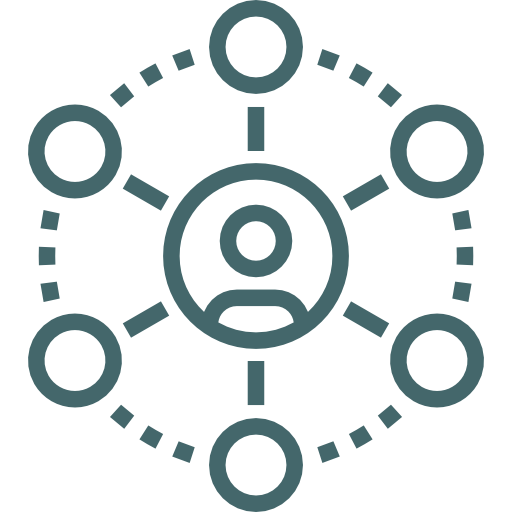
Polyvagal Theory
Polyvagal Theory:
Start with Safety
Developed by world-renowned researcher and Unyte’s Chief Scientific Advisor, Dr. Stephen Porges, Polyvagal Theory focuses on what is happening in the body and the nervous system, and explains how our sense of safety, danger or life threat can impact our behavior.
Polyvagal Theory gives us a scientific framework that supports the integration of physiological (“bottom-up”) therapies with cognitive (“top-down”) approaches to help change and improve how we feel, think and connect with others.
Polyvagal Theory is transdisciplinary and can be combined with many modalities to better inform your clinical practice or trauma-related work.
Through Nervous system regulation, we can…
FEEL BETTER
“Respond vs. react,” replacing emotionally charged reactivity with controlled responsiveness and resilience.
THINK BETTER
Access higher learning and cognition
Learn and retain important facts and concepts that enable greater confidence and societal contribution.
CONNECT BETTER
Build positive social relationships
Develop relationships and truly connect with others.

Neuroplasticity
The ability of the brain to change in response to stimulation is known as “neuroplasticity.” The Safe and Sound Protocol (SSP) and Focus System are based on this principle, providing gentle and specific stimulation in order to activate the neural pathways used in the processing of sensory information.
The Science Behind the Polyvagal Theory: The Vagus Nerve
The mind and body are connected through the vagus nerve, the longest nerve in the autonomic nervous system, stretching from the brainstem to the colon. It is our internal control center, allowing the brain to monitor and receive information about many of our bodily functions.
The vagus nerve helps to regulate critical aspects of human physiology, including the heart rate, blood pressure, temperature, digestion and even speaking. As the body takes in information automatically through neuroception, the vagus nerve communicates this information to the brain, which processes the signals and cues from the world around us and in turn determines how we react through three physiological states: Parasympathetic/ventral vagal state, sympathetic state, or dorsal vagal state.
The Autonomic Ladder:
Three Hierarchical Physiological States
The autonomic ladder, as envisioned by Deb Dana (2018), is one way to visually represent these physiological states.
Parasympathetic/ventral vagal state:
Our centered, “true self” state, where all social interaction, connection, and creativity occurs.
Sympathetic state:
Feeling of threat or danger, and feeling the need to either “fight” or “flee” from a situation to seek safety.
Dorsal vagal state:
Our “freeze” state, when we feel our lives are so immediately threatened that we become immobilized.





